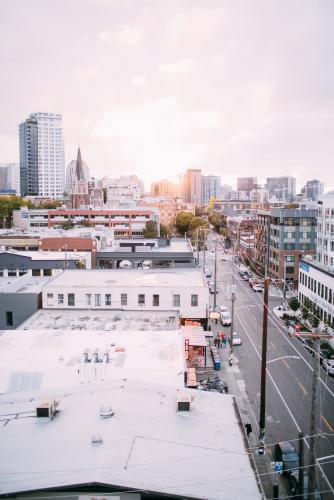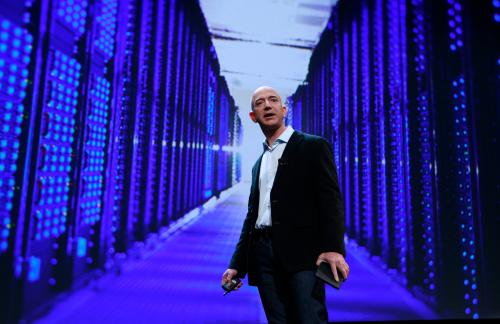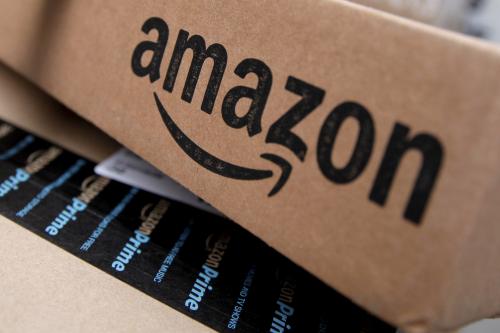Among the many requests within the HQ2 RFP, Amazon’s approach to urban transportation was always one of the more popular items among city lovers. Following in the footsteps of McDonald’s and Marriott, here was the next great signal that walkability, bike lanes, and high capacity transit—especially rail lines—are key ingredients to attracting anchor employers in today’s economy.
The finalists … didn’t really say that. Among the 17* metro areas chosen, fewer than half are transit-and-walking hubs. Columbus, Indianapolis, Nashville, Austin, and Raleigh all rely almost exclusively on local bus networks to move today’s transit riders. Dallas, Pittsburgh, Atlanta, and Miami can only boast of limited rail networks. And across all nine of these metros, only Pittsburgh sees even 5 percent of its commuters take transit to work. Excluding Miami and Pittsburgh, the anchor cities in these metro areas also have average-at-best walkability according to one measure.

Lack of transit wasn’t the only way the shortlist defied infrastructure expectations. The RFP also required bidders to include congestion levels for peak hour commuting, yet many of the 17 metro areas experience some of the continent’s most congested commutes. There’s no way Amazon picked Boston, Washington, D.C., or Los Angeles due to breezy rush hours. And finally, about a third of the shortlisted metros don’t have robust global passenger air service or serve as domestic aviation hubs.
That so many of the surviving applicants didn’t meet Amazon’s transportation criteria isn’t reason enough to conclude that they are no longer important. It may simply be that transportation, relative to Amazon’s other preferences, is easier to change post hoc.
Whereas transportation is uneven across the 17 metro areas, all those markets can boast of high-skilled labor pools, advanced industries, and strong anchor institutions. And unlike those assets—which are harder to change via policy alone—governments have near complete control over their transportation assets and related land uses. Change may be expensive, but cities and regions can upzone neighborhoods, stripe more bike lanes, deliver transformative transit (and highway) projects, and even support global air connectivity if they feel it’s the right course of action.
This kind of transformation is already underway in several of the finalists’ backyards. Los Angeles and Denver both used direct voter referenda to pass significant sales tax increases, funneling revenues into hundreds of miles of new rail lines in an effort to promote transportation choice and denser neighborhoods. Indianapolis and Raleigh just used a similar ballot approach, and Nashville will likely attempt to do the same.
But maybe the most important example in this regard isn’t on the list at all: South Lake Union, HQ1’s neighborhood. Seattle complemented Amazon’s own $3.7 billion real estate investments with a streetcar into downtown, new bike lanes, and higher-density zoning. The combined effect is a neighborhood that is one of the fastest growing neighborhoods by both jobs and population.
Amazon already knows that neighborhoods can be remade when business interests and political will combine. The 17 markets on the HQ2 shortlist would be smart to understand the infrastructure investments necessitated by HQ1 and begin preparing for the same.
*The full list of 20 finalists includes three candidates in the D.C. metro region, Washington, D.C., Montgomery County, Md., and Northern Virginia, as well as metro area neighbors New York City and Newark, N.J.






Commentary
Does transportation even matter to Amazon and HQ2?
January 19, 2018